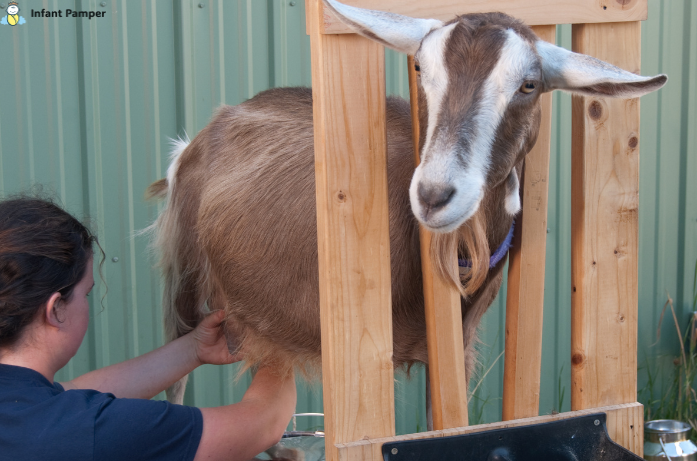Introduction
Burping is a simple yet essential part of your baby’s feeding routine. It helps release air swallowed during feeding, preventing discomfort, gas, and spit-up. Whether you’re breastfeeding or bottle-feeding, understanding how and when to burp your baby can make feeding times more comfortable for both of you.
Why Do Babies Need to Be Burped?
During feeding, babies often swallow air, especially if they feed quickly or cry during meals. This trapped air can cause:
- Discomfort and fussiness: Air bubbles can make babies feel full before they’ve had enough milk.
- Spit-up: Excess air can lead to regurgitation of milk.
- Gas pains: Trapped air can move to the intestines, causing bloating and discomfort.
Regular burping helps alleviate these issues, promoting better digestion and comfort.
When Should You Burp Your Baby?
The frequency of burping depends on your baby’s feeding method and individual needs:
- Breastfeeding: Burp when switching breasts. Some breastfed babies may not need frequent burping as they tend to swallow less air.
- Bottle-feeding: Burp after every 2 to 3 ounces (60–90 ml) of milk. Bottle-fed babies often swallow more air and may require more frequent burping.
If your baby shows signs of discomfort, fussiness, or spits up often, consider burping more frequently during feeds.
Effective Burping Techniques
There are several positions you can try to burp your baby. Choose the one that works best for you and your baby:
1. Over-the-Shoulder
- Hold your baby upright with their head resting on your shoulder.
- Support the baby with one hand and gently pat or rub their back with the other.
- This position uses gravity to help release trapped air.
2. Sitting on Your Lap
- Sit your baby on your lap, facing away from you.
- Support their chest and head with one hand, keeping their chin resting in the palm of your hand.
- Gently pat or rub their back with your other hand.
3. Lying Across Your Lap
- Lay your baby face-down across your lap.
- Support their head to ensure it’s higher than their chest.
- Gently pat or rub their back.
Each baby is different, so it may take some experimentation to find the most effective method.
Tips for Successful Burping
- Use gentle pats: Cup your hand slightly to make patting more comfortable for your baby.
- Protect your clothing: Place a cloth or bib under your baby’s chin to catch any spit-up.
- Stay calm and patient: Some babies burp quickly, while others take a bit longer.
- Keep your baby upright after feeding: Hold your baby upright for 10 to 15 minutes post-feeding to help prevent spit-up.
What If Your Baby Doesn’t Burp?
Not all babies burp after every feeding, and that’s okay. If your baby seems content and shows no signs of discomfort, there’s no need to worry. However, if your baby is fussy or seems uncomfortable, try changing positions and burping again. If concerns persist, consult your pediatrician.
Addressing Common Concerns
Spitting Up
Spitting up is common in infants and usually isn’t a cause for concern. To minimize spit-up:
- Avoid overfeeding.
- Burp your baby regularly during and after feeds.
- Keep your baby upright after feeding.
- Ensure the bottle nipple isn’t too large, which can cause rapid feeding.
Gas and Colic
If your baby seems gassy or colicky:
- Ensure proper burping during and after feeds.
- Try gentle tummy massages or bicycle leg movements to relieve gas.
- Consult your pediatrician about potential dietary adjustments or remedies.
Additional Resources
For more detailed information and guidance, consider visiting the following reputable sources:
- HealthyChildren.org – Baby Burping, Hiccups & Spit-Up
- UNICEF Parenting – How to Burp Your Baby
- Nemours KidsHealth – Burping Your Baby
Quick Burping Guide for Parents
✅ Burp during & after every feed
✅ Choose a comfortable position
✅ Use gentle pats or rubs
✅ Keep baby upright for 10–15 min
✅ Don’t panic if baby doesn’t burp
Conclusion
Burping is a simple yet crucial part of your baby’s feeding routine. By understanding the reasons behind burping and mastering effective techniques, you can help ensure your baby’s comfort and well-being. Remember, every baby is unique, so be patient and find what works best for you and your little one.
Disclaimer: This article is for informational purposes only and does not substitute professional medical advice. Always consult your pediatrician with any concerns about your baby’s health.




